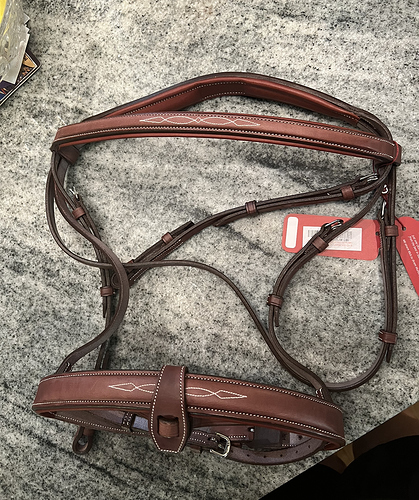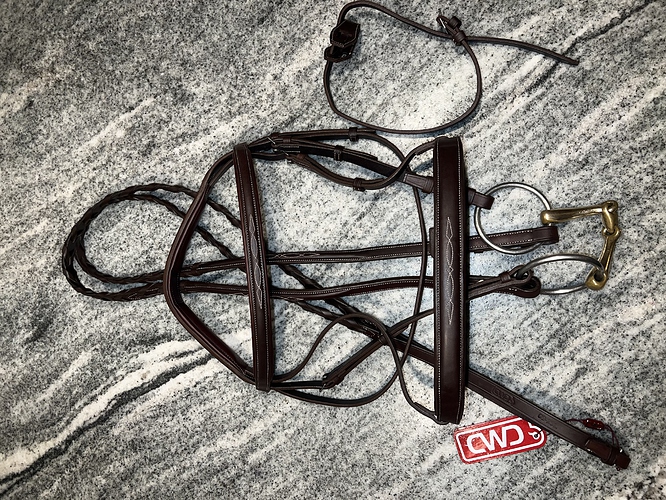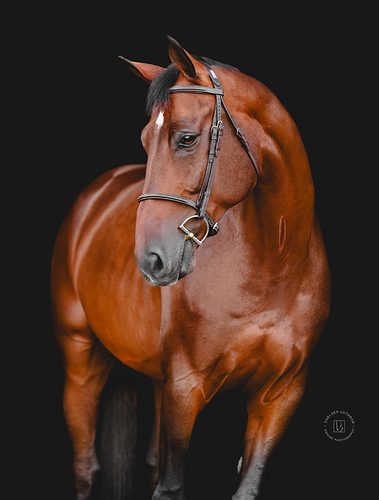Hi all! I just purchased some new brown CWD tack. In the past, I’ve just used a few coats of the CWD leather conditioner and some elbow grease to darken CWD tack. I repeated this process with my new tack and when it soaked in it hadn’t darkened at all. My rep suggested mineral oil/baby oil, but I wasn’t sure if that would ruin the tack in the long run. Hydrophane was also recommended but I’ve heard it dries out tack. Of course there’s always plain neatsfoot. Which would be the best course of action? Tia.
ETA: I used redwing boot oil (of all things) and really worked it in. Then, I left it to sit in a ziplock back and shook the bag once a day. Took out on the second day and it was a much better brown. Thank you all very much for the helpful advice. Wishing everyone a happy and healthy new year!







 I’ve had hydrophane turn baby shit yellow bridles in to a stunning dark chocolate with no issue. So either my oil was bad, or there was something different about that bridle. Who knows. But I’m mildly scarred from that ordeal
I’ve had hydrophane turn baby shit yellow bridles in to a stunning dark chocolate with no issue. So either my oil was bad, or there was something different about that bridle. Who knows. But I’m mildly scarred from that ordeal